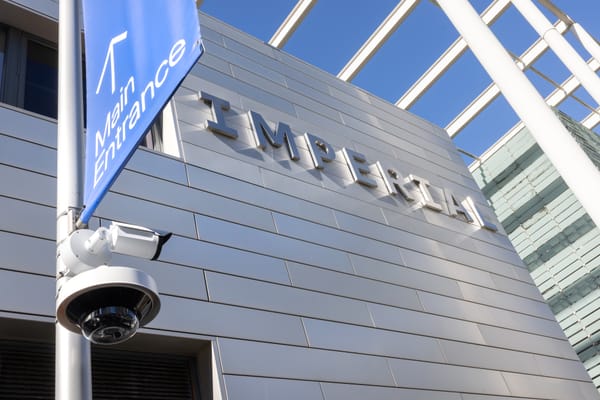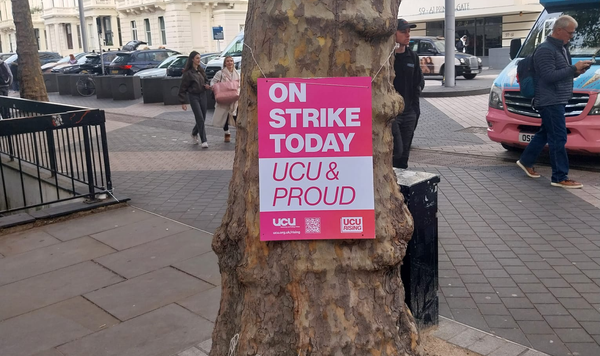A novel tool for the future of heart repair
Biomechanical mapping provides useful information for regenerating lost heart tissue due to heart attack.

Heart attacks cause the heart to be temporarily starved of blood flow and oxygen due to a blockage in the coronary arteries, which deliver oxygen-rich blood to the heart. This blockage leads to scar tissue within the heart. As we age, this damage is often deemed irreversible due to the heart’s inability to replace damaged tissue with regenerated healthy tissue. The irreversibility of this tissue damage affects the daily life of heart attack survivors, reducing the heart’s efficiency in pumping blood to the rest of the body. When muscles do not receive enough oxygenated blood, heart attack survivors can feel fatigue or shortness of breath, among other unfavourable sensations. More seriously, scar tissue in the heart can lead to congestive heart failure or dilated cardiomyopathy – both of which are fatal conditions. For the researchers at the University of Houston – in collaboration with the Baylor College of Medicine and the Texas Heart Institute – finding a method to reverse damage to the heart tissue following a heart attack has been their primary aim. They have recently gotten one step closer to their goal by using an optical technique to compare the mechanical properties of healthy heart tissue with damaged heart tissue in mice models, which they plan to use to test the effectiveness of regeneration techniques.
“Irreversible tissue damage affects the daily life of heart attack survivors, causing shortness of breath”
In the first study of its kind, Kirill V. Larin of the University of Houston and James F. Martin of the Baylor College of Medicine used a technique known as OCE – optical coherence elastography, developed in Larin’s lab – to map the mechanical properties of the heart. OCE is based on optical coherence tomography, a high-resolution biomedical imaging technique. As MRI and ultrasound both provide information about tissue mechanics on a larger scale than necessary to image mice hearts, OCE was deemed most appropriate for use. OCE has nanoscale sensitivity, and its resolution is ideal in determining if healthy tissues begin replacing scar tissue due to therapy.
OCE is made up of an imaging unit and an air-pulse delivery unit which involves very small mechanical waves applied to the heart tissue in the form of low-pressure air pulses. The amplitude of the waves must be kept very small in order to not damage the cells, and in this case small-scale, specialised equipment appropriate for the fragile nature of the mouse heart was built and used. The cells react to the mechanical waves applied with a characteristic response, and different types of tissue exhibit different responses to the mechanical stimulation. Based on the responses of healthy tissue versus damaged tissue, the researchers were able to develop mathematical models to represent the biomechanical properties of the cells.
“Researchers were able to develop mathematical models to represent biochemical properties”
Larin and Martin induced heart attacks in mice, then waited six weeks for scar tissue to form before excising the hearts to perform OCE. This enabled them to gather information regarding the mechanical properties of healthy tissue versus scar tissue. During the ex-vivo study, the hearts were soaked in potassium chloride to ensure a uniform relaxed state, and the researchers determined that the muscle fibres in the damaged tissue were stiffer and more disorganised than the fibres in the healthy tissue. This was deduced from the decrease in elastic wave velocity, natural frequency, and anisotropy (directionality dependent) reaction to the wave propagation in the damaged cells, respectively.
Both researchers hope to continue using OCE to gather mechanical properties of regenerated tissue in order to develop a cure for scar tissue in the heart. The scarring in the mouse hearts is believed to be similar to the scarring that humans incur due to heart attack, making this method of mechanical mapping applicable to the over 75,000 people that suffer a heart attack in the UK every year.







